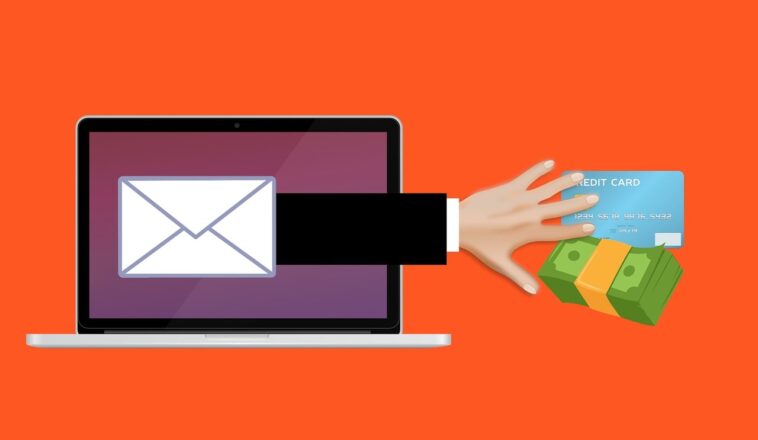Another day, another scam, and this one’s trickier than usual because it weaponizes the trust you have in one company to create a panic about another.
If you’ve recently received an email that appears to be a DocuSign receipt for an Apple Pay purchase you don’t remember making, don’t call the number. Seriously. It’s not Apple, it’s not Netflix, and it’s definitely not someone who’s trying to help you.
Behind those official-looking emails is a scam ring pretending to be your favorite brands, armed with fake order IDs, bogus “support” hotlines, and just enough urgency to make you panic.
Here’s how it works:
You get what looks like a legit receipt: Apple logo, billing statement, a DocuSign link, and a six-digit security code to make it all seem official. Somewhere near the bottom, it says something like: “If you didn’t authorize this charge, please call us immediately.”
Naturally, you call. And that’s the trap.
Instead of Apple support, you’re connected to a scammer who tells you your account’s been compromised. They’ll offer to “walk you through” the fix, but what they really want is your Apple ID, credit card info, or remote access to your phone or computer.
In some cases, they may even try to charge you a “security fee” to undo the fake transaction. And yes, people are falling for it.
The reason this scam is working is multifactorial. First, it uses DocuSign, which people associate with secure, legal documents. Then it combines that with a fake Apple Pay charge, a red-alert tone, and a pressure-cooker phone call where you’re made to feel like your digital life is hanging by a thread. It’s manipulative. It’s nasty. And it’s working.
A few dead giveaways to watch for:
- DocuSign + Apple Pay = Nope. Apple doesn’t use DocuSign to send receipts. Neither do Netflix, Expedia, or any other brands these emails impersonate.
- Weird sender addresses. Look closely. Some scammers use characters from other alphabets (such as a Cyrillic “B” in “Billing”) to sneak past filters.
- Urgent phone numbers. If a charge looks fishy, check your purchase history inside the official app — don’t call numbers from the email.
And if you ever get one of these messages, don’t just ignore it. Report it as phishing so fewer people end up on the other end of that fake “Apple” call. Unfortunately, although scams like this aren’t going away, if you slow down, think twice, and verify before reacting, you’ll make their job a lot harder.
Source: Fox News

